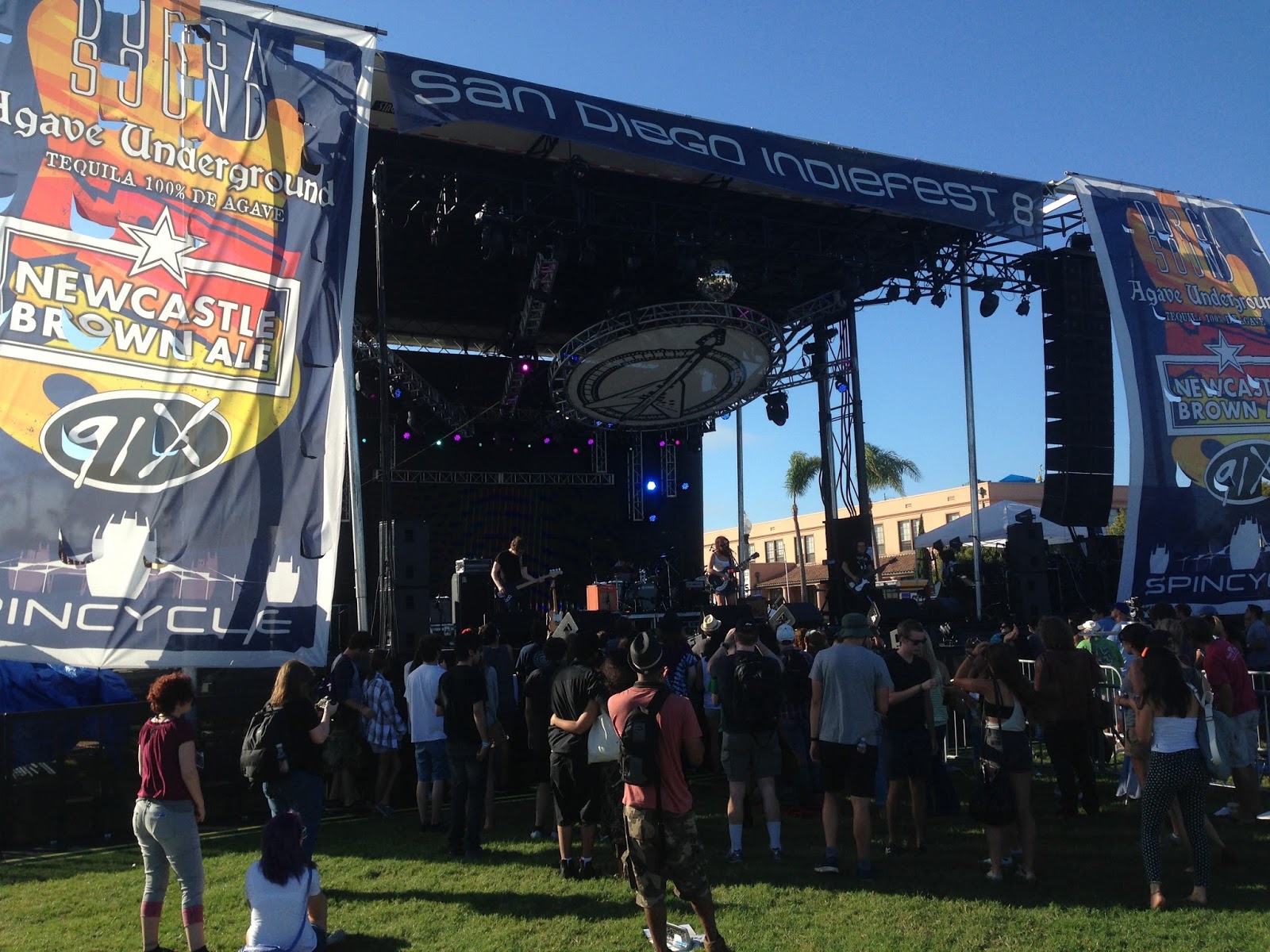
The San Diego IndieFest was launched in 2004 by Alicia Champion and Danielle Lo Presti in HillCrest. The two also run their independent record label – Champ Records and Say it Records. As the lead woman for Danielle Lo Presti and The Masses, her work has laid the foundation for promoting the independent music scene in California, with an emphasis on linking the arts and social activism. The San Diego IndieFest has had a total of nine editions stretching from 2004 to 2015, with the main aim of promoting diversity across cultures in San Diego. 2016 marked the end of the San Diego IndieFest era after the founders moved to Oakland.
From its launch in 2004 until 2010, the event was held in Hillcrest and North Park. On March 12 and 13, 2011, the San Diego IndieFest was held at NTC Promenade, Liberty Station, Point Loma. The event took place between 12 pm and 11 pm and featured films, live music, art, and much more. The official afterparty continued until 2 am after the main festival. The 7th edition of the festival featured more than eighty acts on five stages at the NTC Promenade at Liberty station. These included AWOLNation, We Are Scientists, Buffy the Vampire Slayer, James Marsters, and Love Darling (which helped create the theme song for the TV show The Real L Word). Local-based acts included LoPresti and The Masses, Monette Marino Keita, and VoKab Kompany.
The move to Liberty Station was a big and necessary decision for Danielle LoPresti and Alicia Champion. The previous year’s event at North Park had attracted the largest gathering in IndieFest’s history. North Park did not have the capacity to hold such a large group, and some people were trying to take down fences while others stood on virtually all levels of a nearby parking complex to view the main stage. The event had outgrown North Park, and the new site in Point Loma provided the necessary increase in space as it was relatively large and could easily fit three football fields. The founders had considered different venues, including San Diego State University, Embarcadero Park Area, and La Mesa, but ultimately settled for Liberty Station at Point Loma since it was becoming quite a massive nexus of arts and culture. The creative vibe at Liberty Station was very appealing to LoPresti and Champion since there were various arts and cultural organizations.
On the first day of the 2011 festival, there was live music on five stages as well as film, comedy, poetry, dance, interactive art activities, art activities for adults and children, and indie designers. Admission to three of the five stages was free, and there was food and drinks available on site. The second day of the event exclusively focused on film. Ticket prices were $25 for general admission, $22 for seniors, active military, and students, while children under 13 years received free access. The theme of the seventh edition of San Diego IndieFest was “No Safety in Sameness”, inspired by the event’s aim of trying to make people realize how much art exists out of the ordinary convention, and how worthy and remarkable art can be. By bringing together relatively unknown but remarkably inspiring films and bands, Champion and LoPresti wanted to challenge the notion that something has to be famous to get your attention. They also wanted to bring gay and straight audiences together, as well as people from various age brackets and backgrounds.